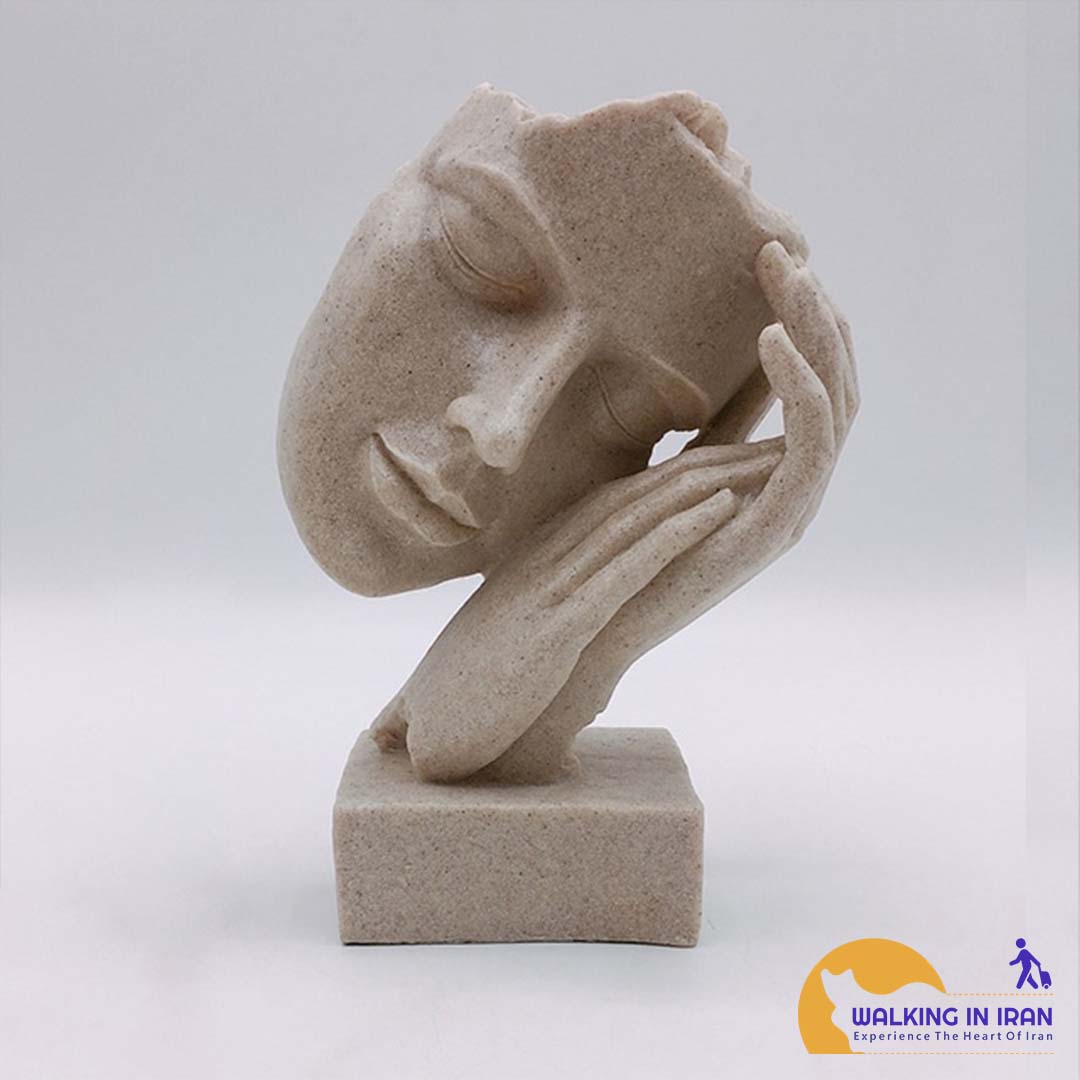The art of stone sculpture in Iran: a legacy of ancient civilization
The art of stone sculpture in Iran is as old as the history of the civilization of this land. From prehistoric times until now, Iranians have created unique works by mastering various stone carving techniques, which are a symbol of creativity, elegance and artistic power of this nation.
History of stone sculpture in Iran
- Prehistoric Era: Archaeological evidence shows that Iranians have carved stones into tools and sculptures using simple tools since millennia BC.
- Historical period: During the Achaemenid, Sassanid and Islamic periods, stone sculpture reached its peak of prosperity. Magnificent monuments such as Persepolis, Pasargad, and the Tomb of Cyrus the Great are proof of the high skill of Iranian masons at that time.
- Islamic era: With the beginning of Islam and the prohibition of statuary and painting of human faces, the conditions for traditional sculpture changed. But Iranian artists, with their creativity, turned to creating abstract and decorative works.
Types of stone sculptures in Iran - Volumetric sculptures: these sculptures are made in three dimensions and independent of any surface.
- Relief: In this type of sculpture, designs are carved in relief from the surface of the stone.
- Decorative sculptures: These sculptures are used to decorate buildings and objects.
Materials and tools used - Stone: All kinds of natural stones such as marble, granite, limestone, etc. are used.
- Tools: hammer, axe, pen, file and electric tools are among the tools used in stone sculpture.


